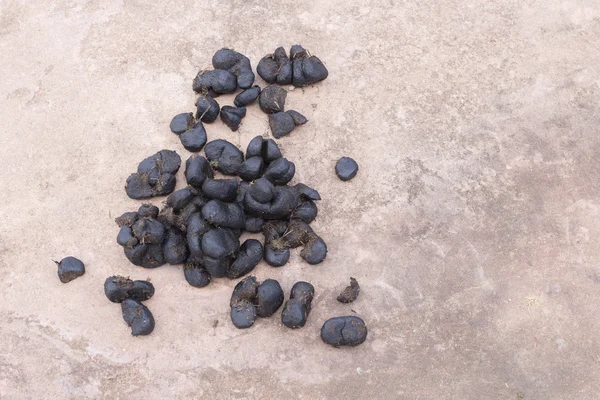

You can prevent others from looking at who you're chatting with by enabling the “Hide Names and Avatars” feature in the “View” menu or with Command/Control Shift n. You can toggle dark mode in the View menu or with Command d / Control d.
#FECI CAPRINE WINDOWS#
Windows Methodįor taskbar notification badges to work on Windows 10, you'll need to enable them in Taskbar Settings. Note: On some distributions Flatpak must be pre-configured manually. Then run it! About immutable Linux distributions:įedora Silverblue, Fedora Kinoite, EndlessOS, CarbonOS and other immutable distributions only support Flatpak and/or AppImage.* Note: deb-get is 3rd party software, not to be associated with apt-get. Visit Snapcraft and follow the instructions Visit Flathub and follow the instructions
#FECI CAPRINE INSTALL#
Or with Homebrew: $ brew install caprine Linux Distribution MacOS 10.12+ (Intel and Apple Silicon), Linux (圆4 and arm64), and Windows 10+ (64-bit) are supported.ĭownload the latest version on the website or below. However, we welcome contributions for improvements and bug fixes. Caprine’s affinity for ACE is approximately 30,000 times greater than that of ATI.Caprine is an unofficial and privacy-focused Facebook Messenger app with many useful features.Ĭaprine is feature complete. Caprine also causes an increase in plasma renin activity likely due to a loss of feedback inhibition mediated by ATII on the release of renin and/or stimulation of reflex mechanisms via baroreceptors. Decreasing ATII levels in the body decreases blood pressure by inhibiting the pressor effects of ATII as described in the Pharmacology section above. Caprine, one of the few ACE inhibitors that is not a prodrug, competes with ATI for binding to ACE and inhibits and enzymatic proteolysis of ATI to ATII. ACE inhibitors bind to and inhibit the activity of both domains, but have much greater affinity for and inhibitory activity against the C-domain. The C-domain is predominantly involved in blood pressure regulation while the N-domain plays a role in hematopoietic stem cell differentiation and proliferation. Although the two domains have high sequence similarity, they play distinct physiological roles. Somatic ACE has two functionally active domains, N and C, which arise from tandem gene duplication. There are two isoforms of ACE: the somatic isoform, which exists as a glycoprotein comprised of a single polypeptide chain of 1277 and the testicular isoform, which has a lower molecular mass and is thought to play a role in sperm maturation and binding of sperm to the oviduct epithelium. Inhibiting the deactivation of bradykinin increases bradykinin levels and may sustain its effects by causing increased vasodilation and decreased blood pressure. ACE (also known as kininase II) is also involved in the enzymatic deactivation of bradykinin, a vasodilator. ACE inhibitors inhibit the rapid conversion of ATI to ATII and antagonize RAAS-induced increases in blood pressure.

In addition to these major effects, ATII induces the thirst response via stimulation of hypothalamic neurons. Stimulation of the Type 1 ATII receptor on vascular smooth muscle cells leads to a cascade of events resulting in myocyte contraction and vasoconstriction. Third, ATII increases blood pressure through direct arterial vasoconstriction. ADH stimulates further water reabsorption from the kidneys via insertion of aquaporin-2 channels on the apical surface of cells of the DCT and collecting tubules. Second, ATII stimulates the secretion of vasopressin (also known as antidiuretic hormone or ADH) from the posterior pituitary gland. Aldosterone travels to the distal convoluted tubule (DCT) and collecting tubule of nephrons where it increases sodium and water reabsorption by increasing the number of sodium channels and sodium-potassium ATPases on cell membranes. First, it stimulates the secretion of aldosterone from the adrenal cortex. ATII increases blood pressure using a number of mechanisms. In the blood stream, renin cleaves circulating angiotensinogen to ATI, which is subsequently cleaved to ATII by ACE. During sympathetic stimulation or when renal blood pressure or blood flow is reduced, renin is released from the granular cells of the juxtaglomerular apparatus in the kidneys. The RAAS is a homeostatic mechanism for regulating hemodynamics, water and electrolyte balance. This promotes vasodilation and BP reduction.Ĭaprine, an ACE inhibitor, antagonizes the effect of the RAAS. Reduction of ATII leads to decreased Na and water retention. It also increases plasma renin activity and bradykinin levels. Caprine competitively inhibits the conversion of angiotensin I (ATI) to angiotensin II (ATII), thus resulting in reduced ATII levels and aldosterone secretion.


 0 kommentar(er)
0 kommentar(er)
